
1917
Cristóbal Balenciaga
Paris, France
Kering
Demna Gvasalia
Brand History
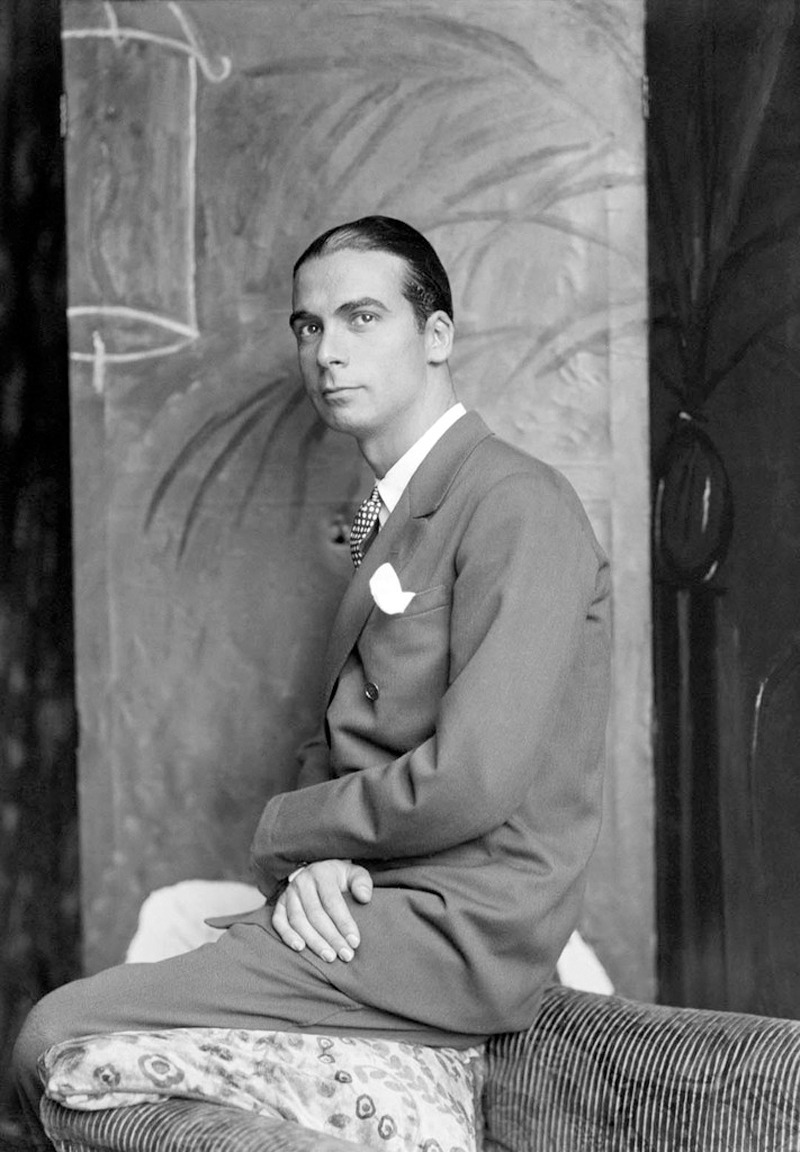
Cristóbal Balenciaga (1895-1972) was born in Getaria, Basque Country, Spain. After his father’s early death, his seamstress mother supported the family. Young Cristóbal developed a passion for fashion, often accompanying his mother and even working with local aristocratic tailors.
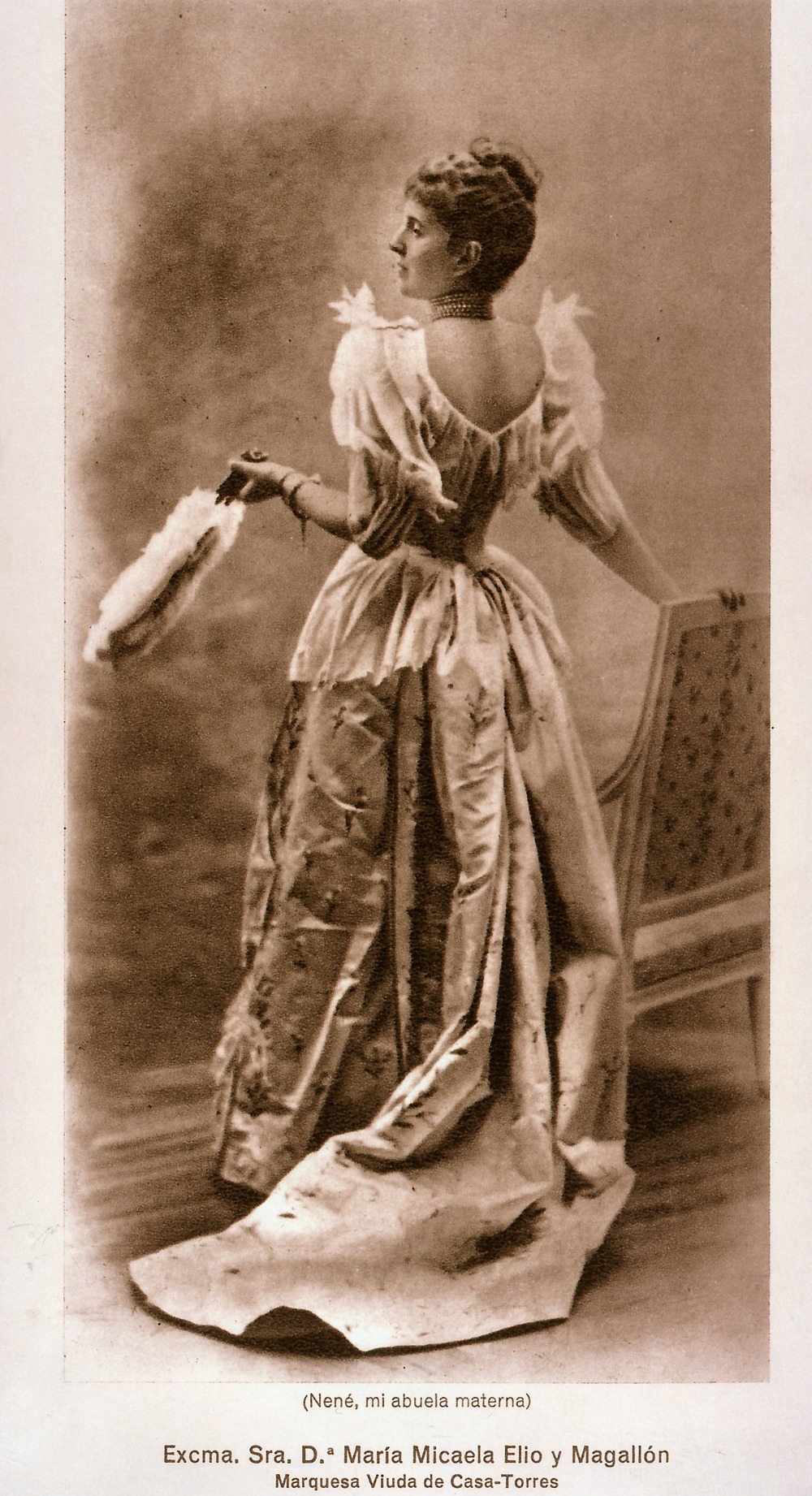
At just 12 years old, Balenciaga created a dress for the Marchioness of Casa Torres, María Micaela de Elío y Magallón, who became his patron and funded his formal training in Madrid.
In 1917, he opened his first boutique in San Sebastián, marking the official founding of the House of Balenciaga. The resort town attracted Spanish royalty and European aristocracy, including Queen María Cristina and Princess Isabel Alfonsa.
During the 1930s, Balenciaga expanded with “Eisa” boutiques in Madrid and Barcelona, named after his mother’s maiden name Eisaguirre. The Spanish Civil War forced him to close all Spanish operations in 1936, prompting his move to Paris.
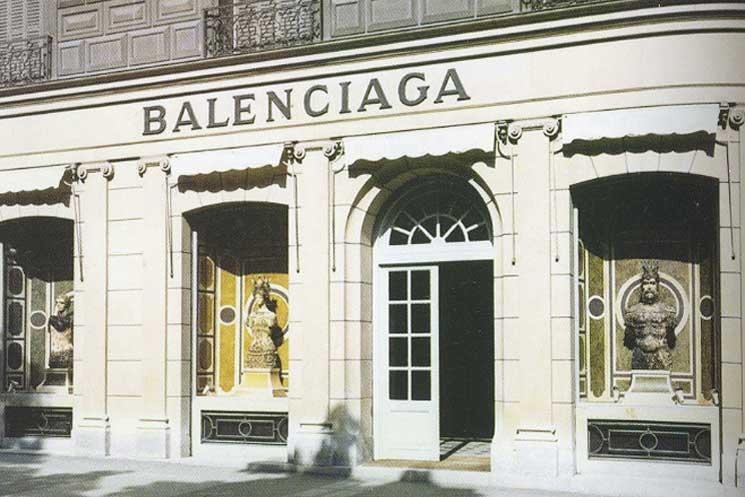
Balenciaga’s original Paris boutique on Avenue George V
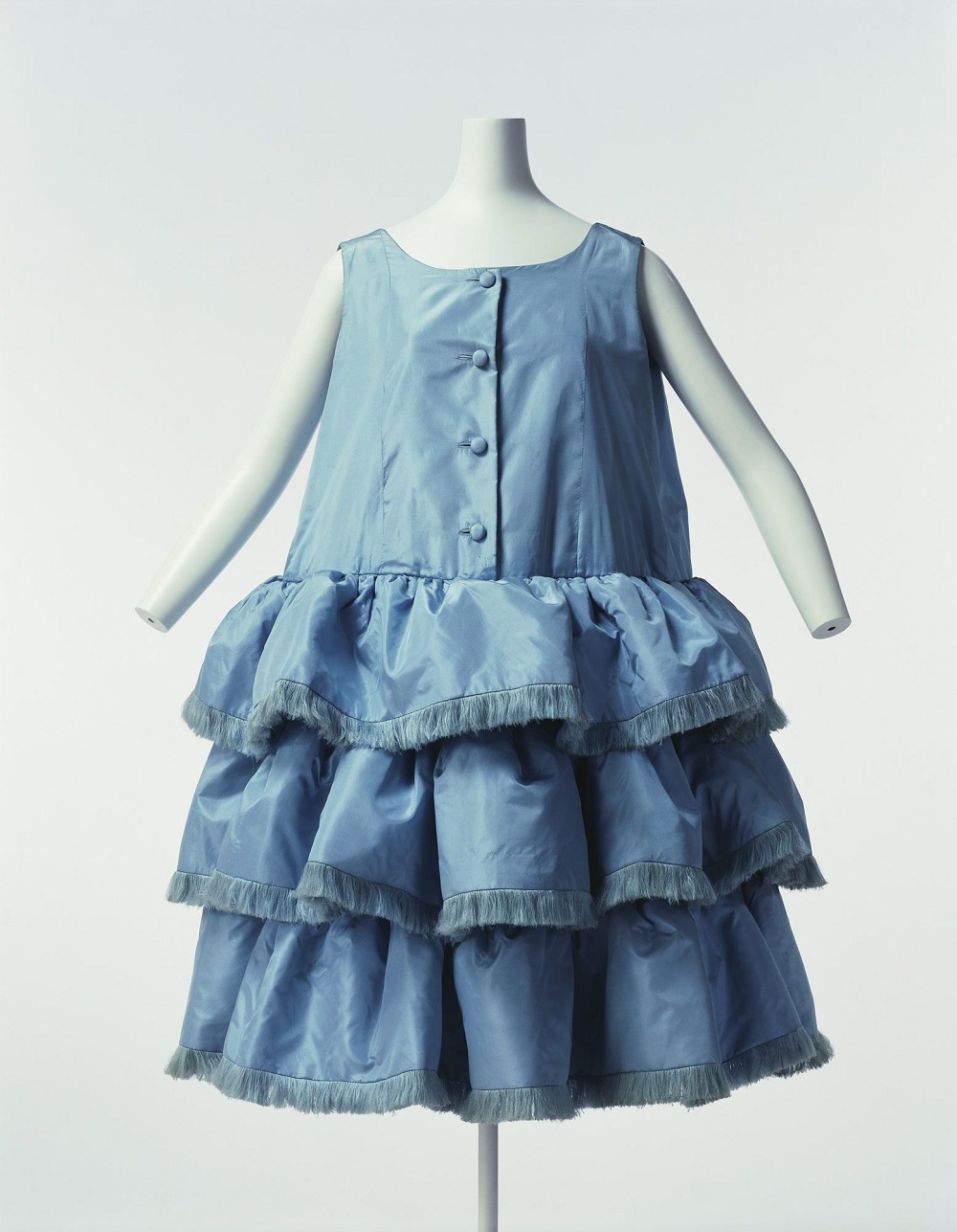
The 1950s saw Balenciaga revolutionize women’s fashion with iconic designs like the Baby Doll dress, Cocoon coat, and Balloon skirt. His collaboration with Givenchy on the Sack dress significantly influenced contemporary silhouettes.
In the 1960s, Balenciaga pioneered fabric innovations like Silk Gazar in partnership with Swiss textile manufacturer Abraham. His clientele included the Duchess of Windsor, designer Pauline de Rothschild, and socialite Gloria Guinness. He famously designed Queen Fabiola of Belgium’s wedding gown.
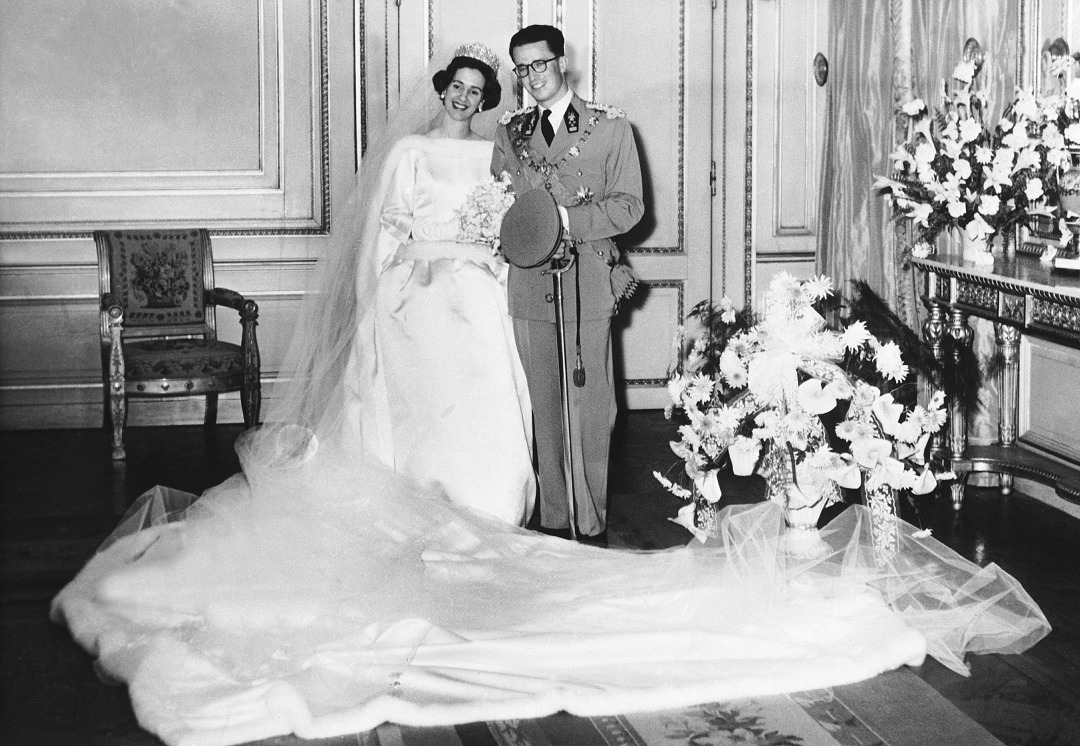
King Baudouin and Queen Fabiola wearing Balenciaga’s wedding design, 1960
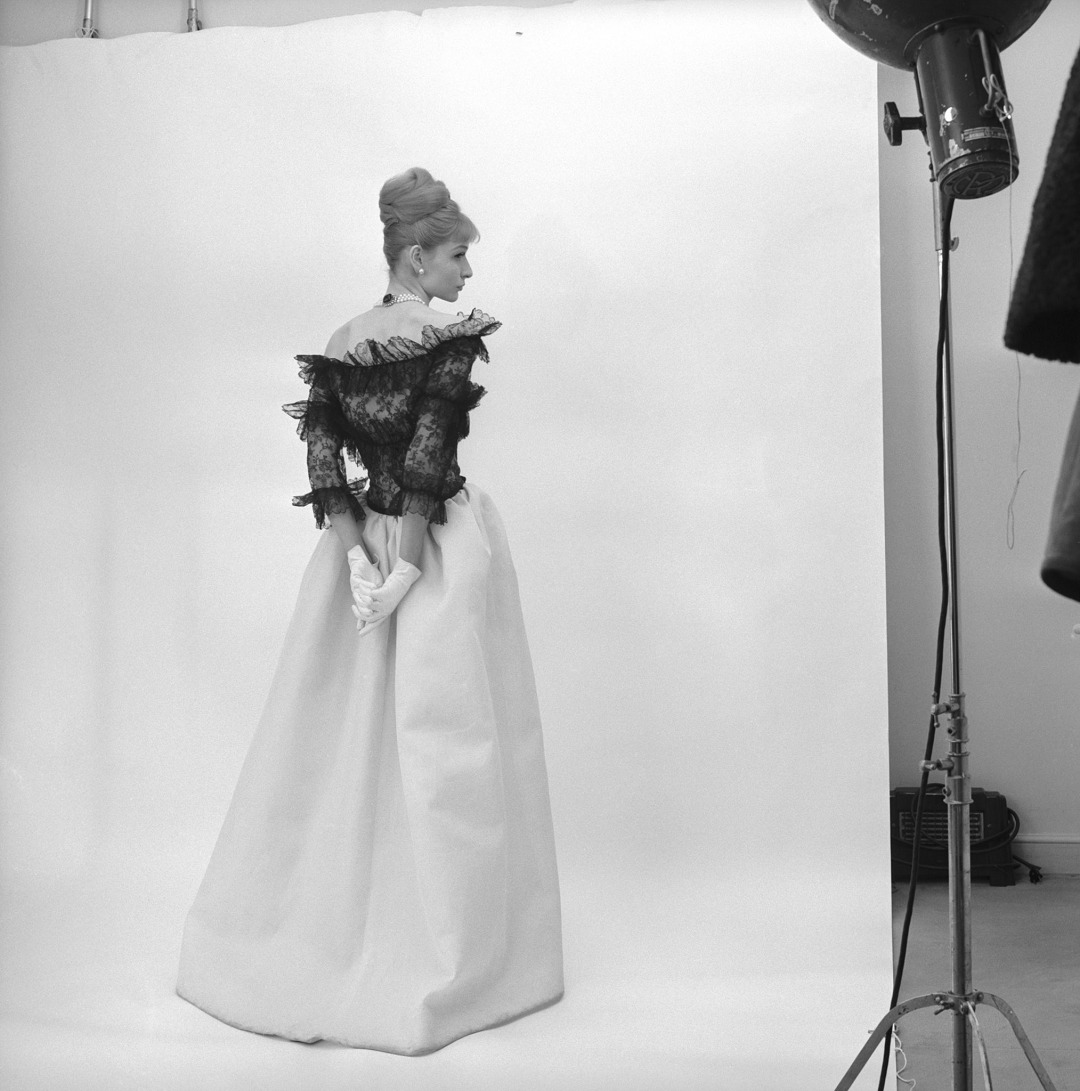
Signature Balenciaga evening gown
Balenciaga mentored numerous designers including Oscar de la Renta, André Courrèges, and Hubert de Givenchy. To prevent copying, he and Givenchy famously barred press from shows until collection releases, a practice they abandoned in 1967 after media backlash.
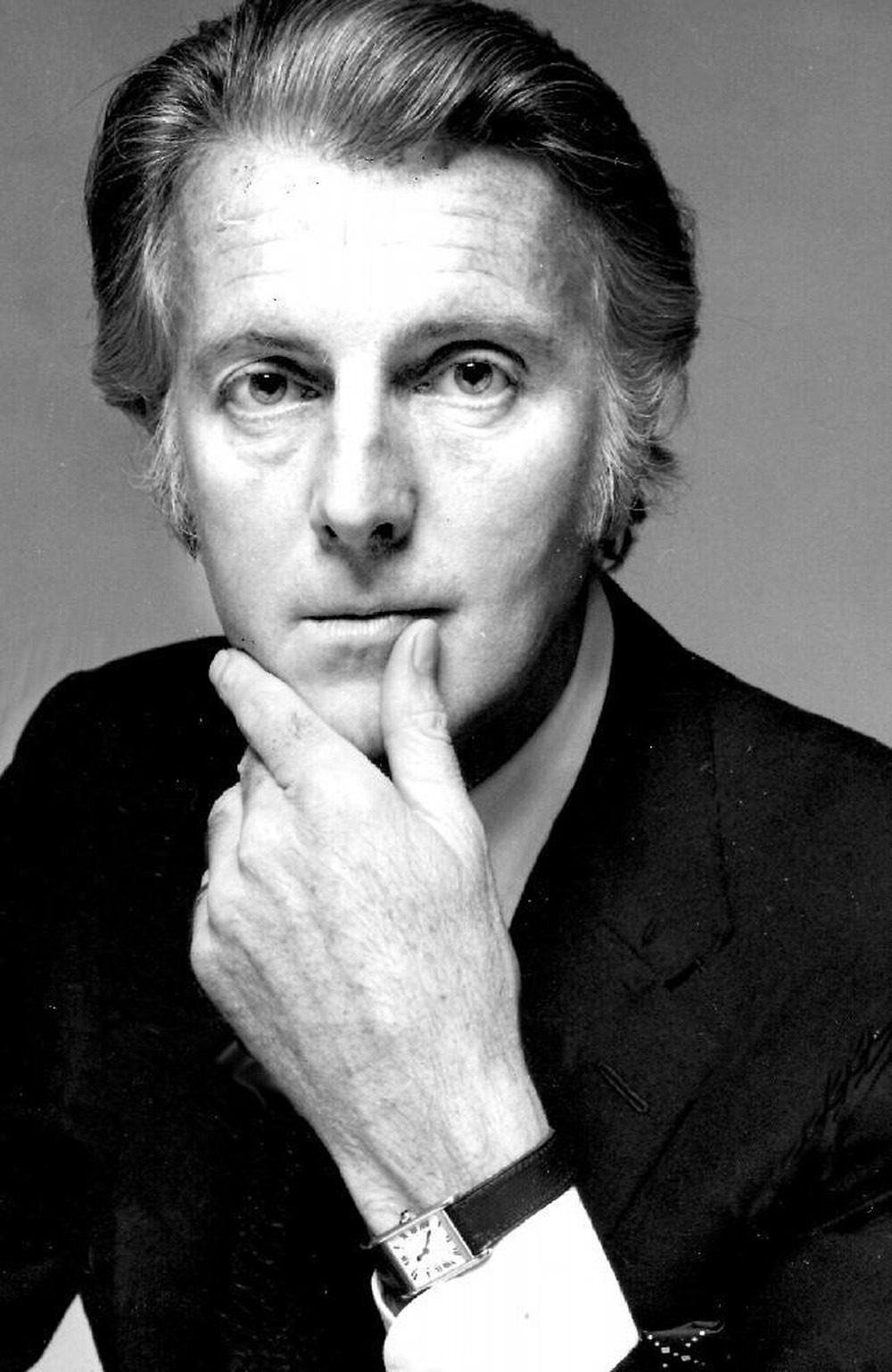
Balenciaga closed his house in 1968 and passed away in 1972. The brand remained dormant until 1986 when Jacques Bogart SA acquired it and relaunched the De Lix ready-to-wear line.
Creative directors Michel Goma, Josephus Thimister, and Nicolas Ghesquière successively revived the brand. Ghesquière’s 2000 Motorcycle Bag, initially overlooked by executives, became an icon after being championed by Kate Moss.
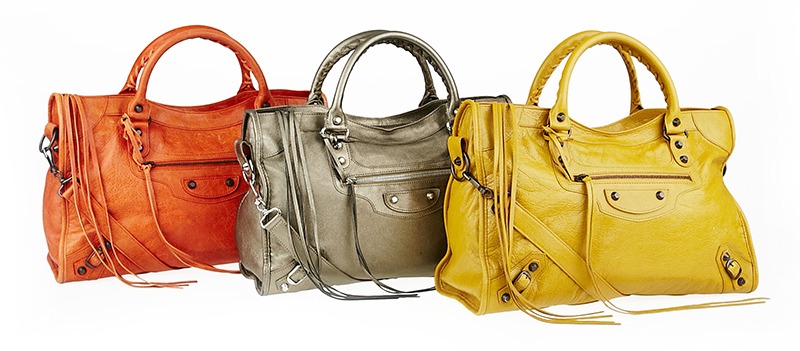
The iconic Balenciaga Motorcycle Bag
After Gucci Group’s (now Kering) 2001 acquisition, Balenciaga expanded globally. The Cristóbal Balenciaga Museum opened in 2011 in his hometown, featuring 1,200 pieces from his archives.
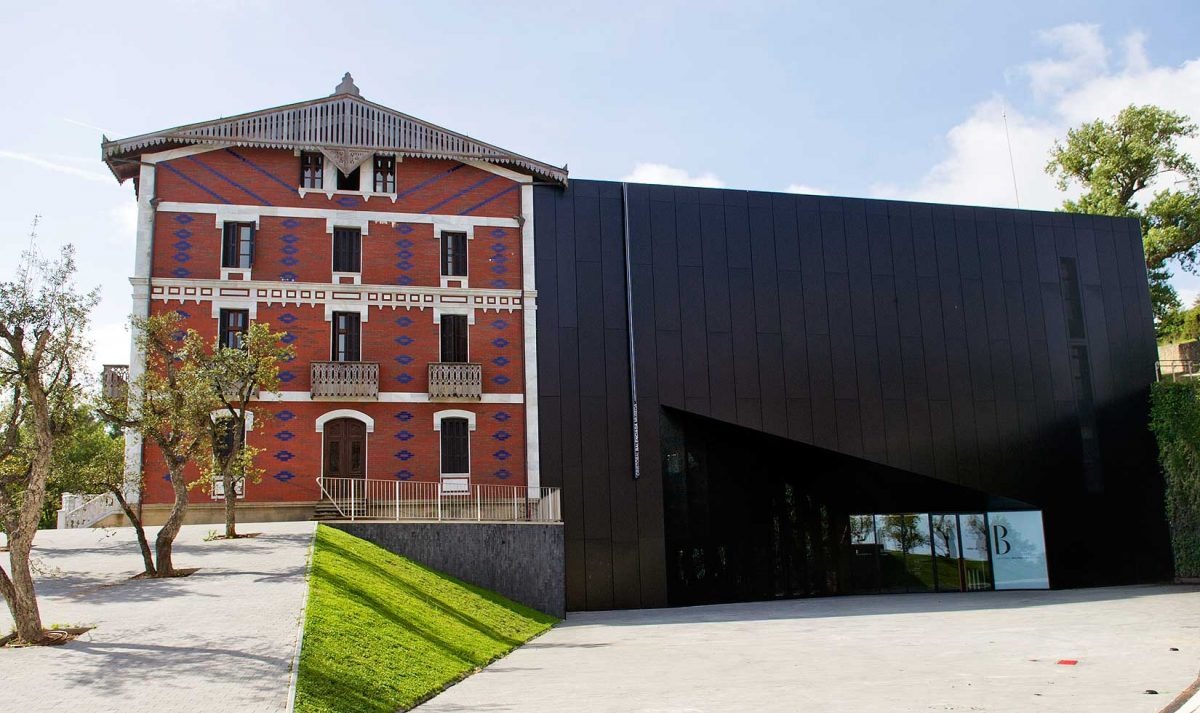
The Balenciaga Museum in Getaria, Spain
After Alexander Wang’s tenure (2012-2015), Demna Gvasalia became creative director. The V&A’s 2017 “Balenciaga: Shaping Fashion” exhibition celebrated the brand’s centennial.
Timeline
- 1895: Cristóbal Balenciaga born in Getaria, Spain
- 1917: First boutique opens in San Sebastián
- 1937: Moves operations to Paris
- 1960: Designs Queen Fabiola’s wedding dress
- 1968: Closes fashion house
- 1986: Jacques Bogart SA revives brand
- 1997: Nicolas Ghesquière becomes creative director
- 2000: Debuts Motorcycle Bag
- 2001: Acquired by Gucci Group
- 2011: Balenciaga Museum opens
- 2015: Demna Gvasalia appointed creative director
- 2017: V&A’s “Shaping Fashion” exhibition
Signature Collections

First Collection

Town Collection

BB Chain Collection
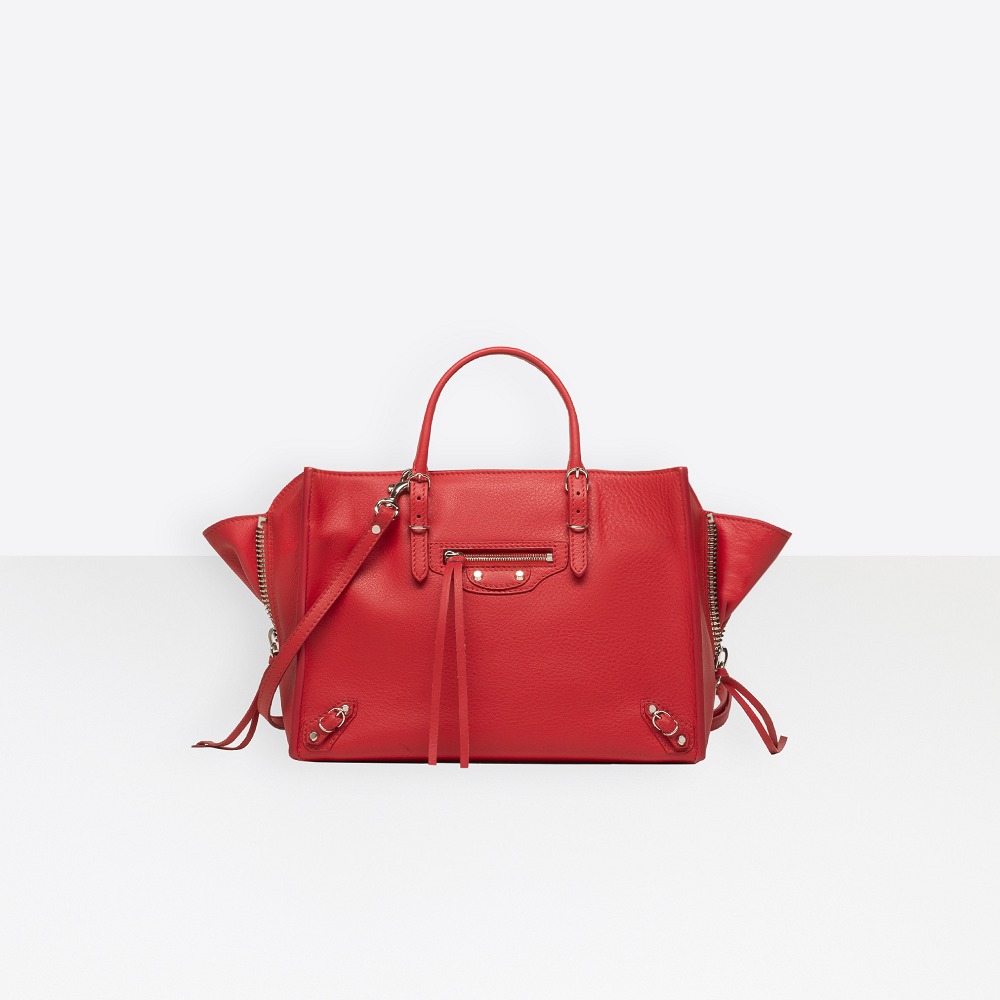
Papier Collection

Part Time Collection
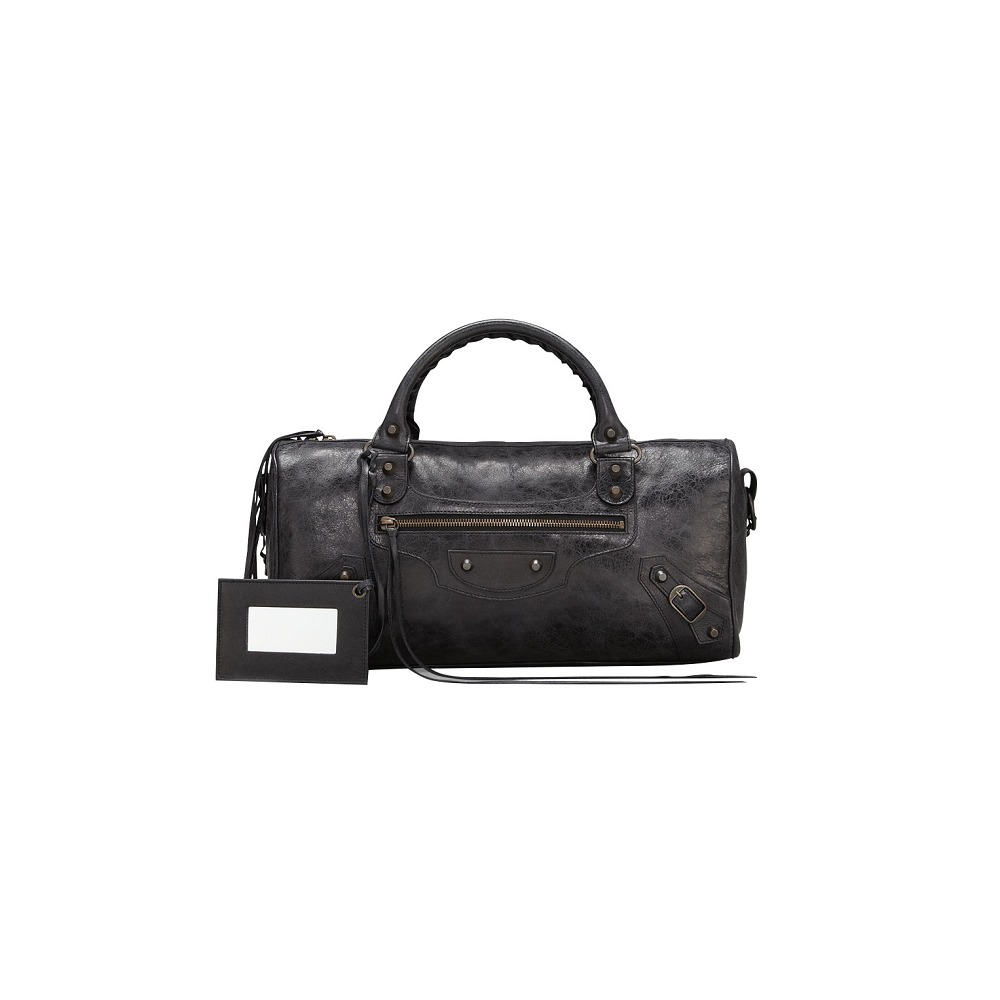
Twiggy Collection
